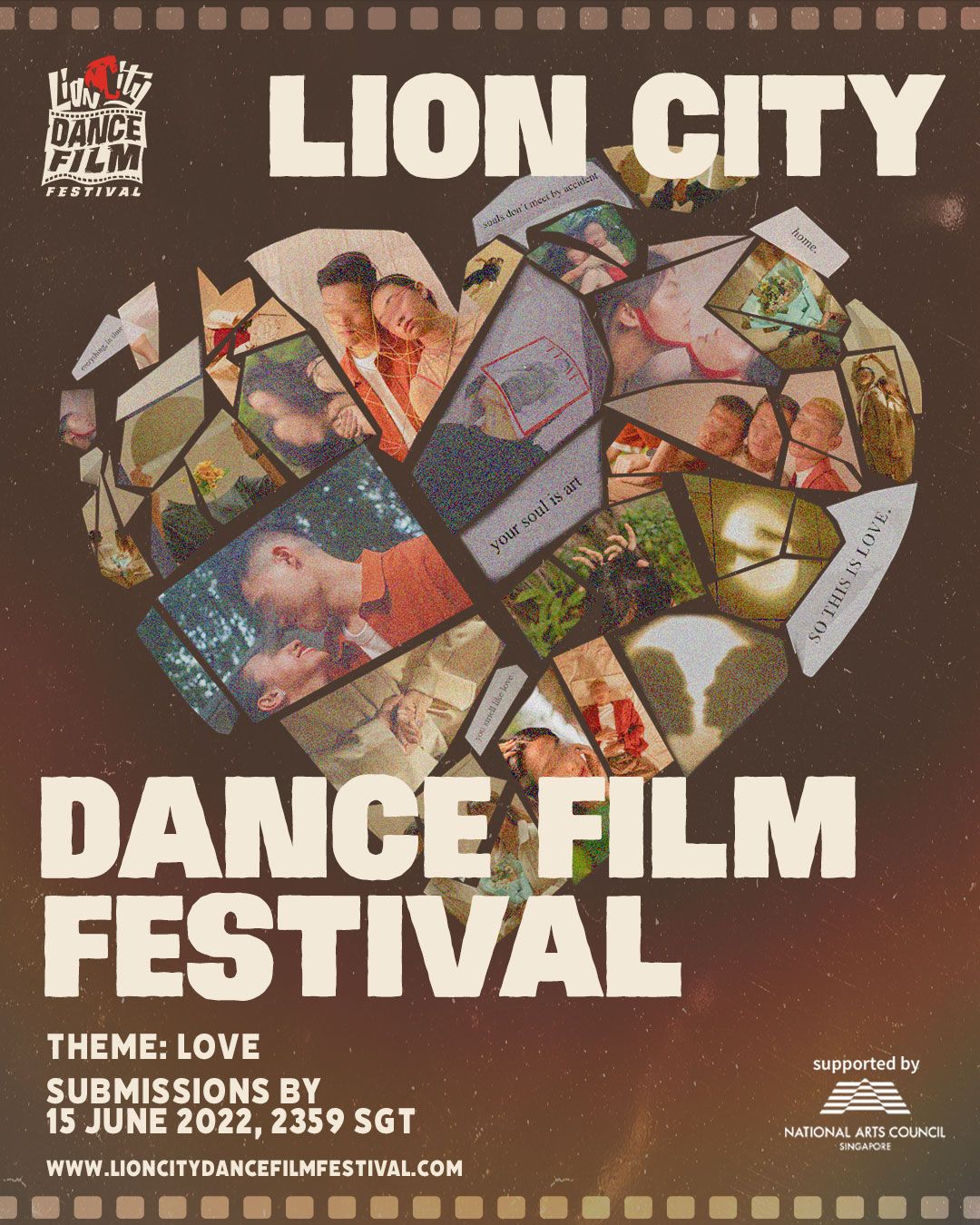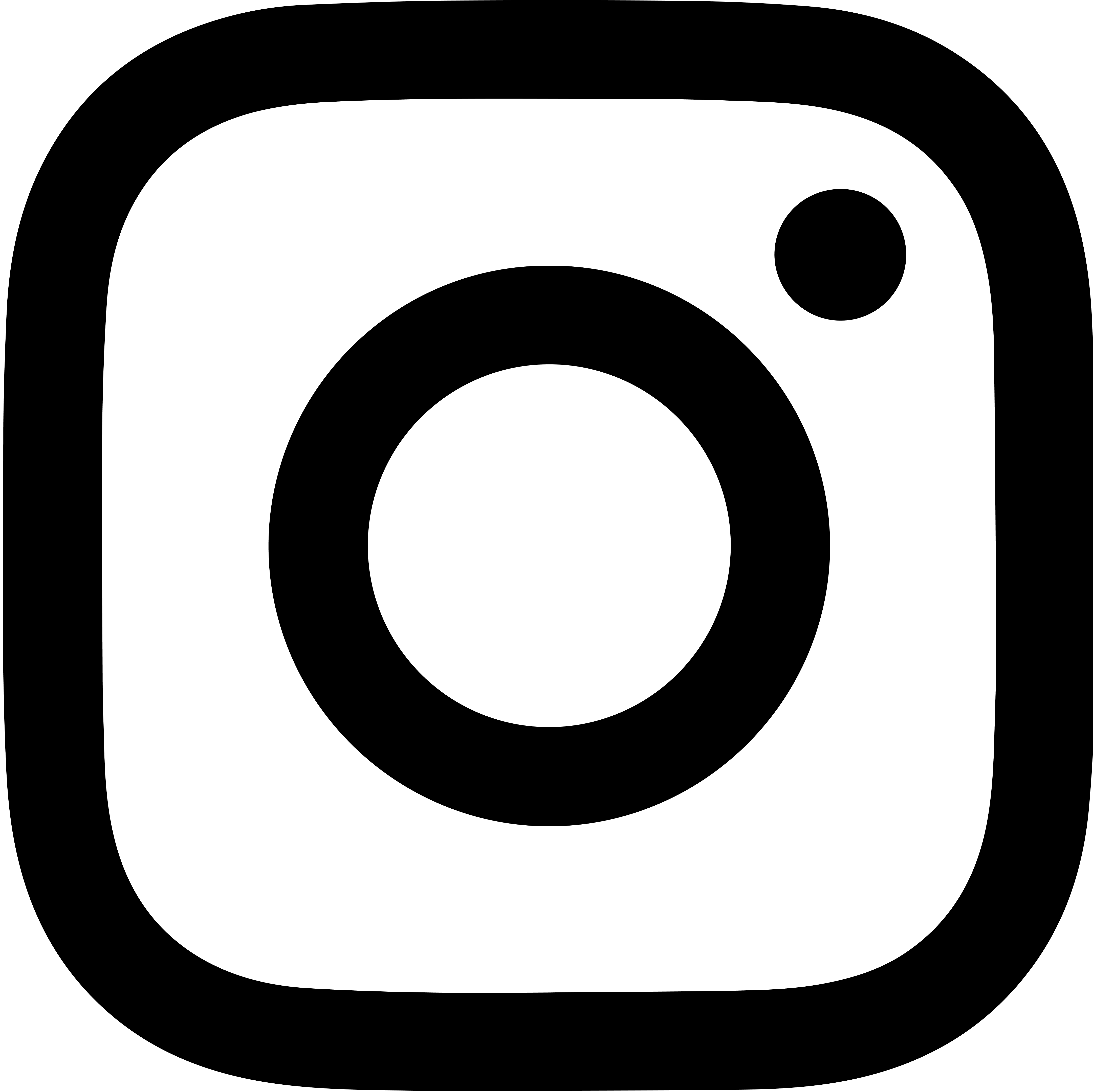From choosing between numerous studios to countless instructors, here’s what we believe you should consider when taking a dance class!
Before Class
Before attending any class, we should start by evaluating ourselves and our intentions. This includes assessing the level of dance you are currently at, the style you are drawn to and what you hope to achieve from a class. It’s no secret that we are spoilt for choices with the availability of dance classes in Singapore, so this process will help narrow them down! Here are some factors to consider based on your preferences and goals.
Classes often come in various levels, with different objectives. The lower levels, catering to new dancers, begin with a focus on foundational dance techniques like isolations, weight shifts and body awareness. Moving upward on the level, classes will start to focus on musicality, self-expression and more body awareness for beginner dancers to apply dance techniques. Finally, the highest level of class provides seasoned dancers with a platform to explore choreography, musicality, performance and movement quality.
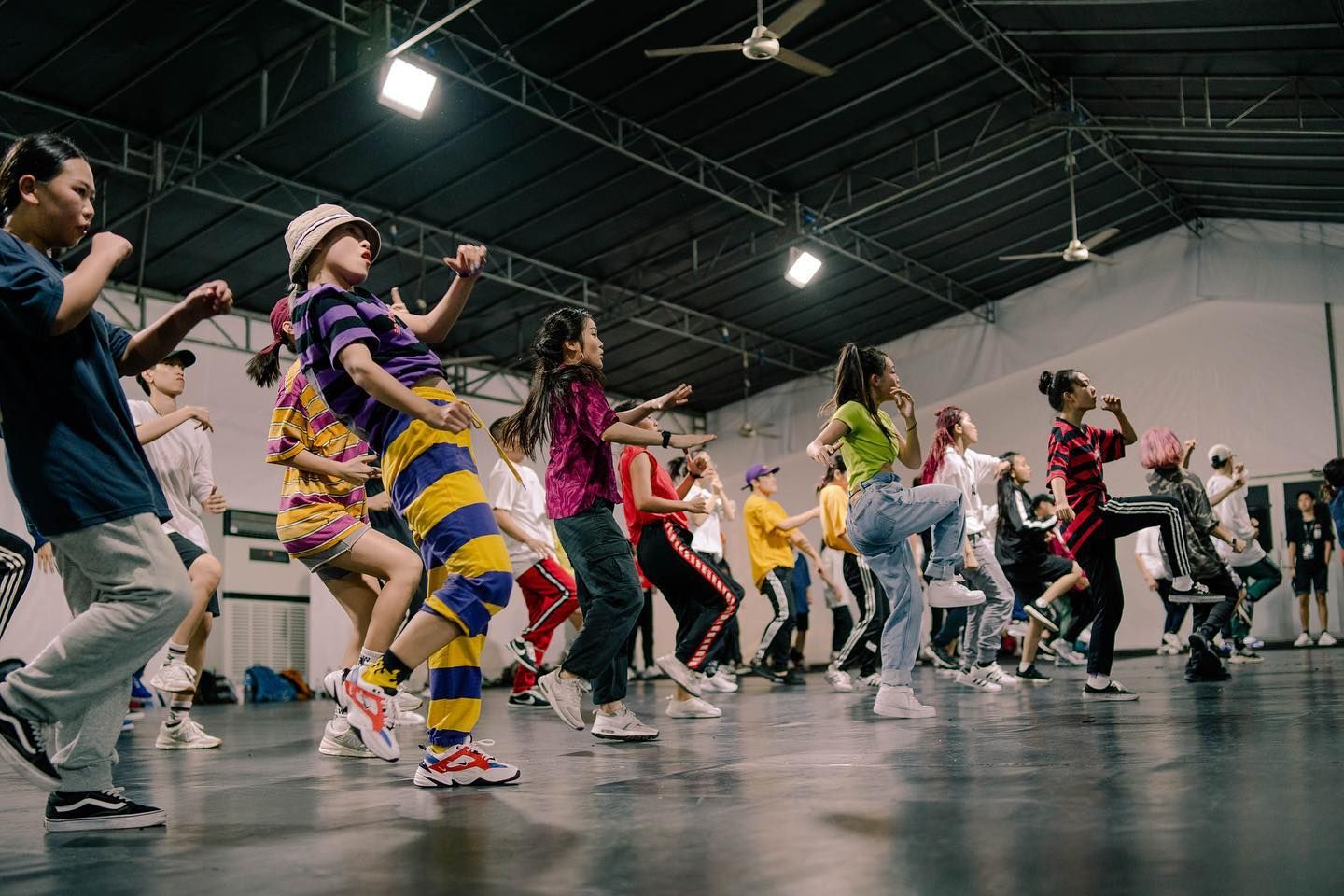
Courtesy of Jam Republic
By assessing your dance proficiency, you can also decide whether it will be more suitable to attend an open or a private class. Open classes are often more fast-paced and provide an increased independent form of learning as the instructor caters to 20 to 30 students at a time. If you feel you need more direct interactions at your own pace, private lessons can be considered for optimal comfort.
The final things to consider before class would be the price and genre! Private classes would generally cost more to accommodate the studio space and instructor. Open classes are priced differently for every studio. If you are just starting out and planning to studio-hop to test out the different levels and instructors, single classes would be the most fitting option.
Moving on to genres, if you have a specific style you’d like to explore, that should streamline which instructors you can learn from! But, if you don’t have any in mind, it can be the last factor to consider as you don’t have to be limited to just one. Spend time exploring all of them and be open to internalising what each genre has to offer before deciding on which ones you prefer and finding your niche.
Remember to stay tuned to the instructors’ social media! They often share what they’ll focus on in class, and you can decide if they align with your goals. This allows for a platform where you can work on the specific areas you desire. Now that you are ready to attend class, all you have to do is book a slot, bring a bottle of water and pick out a comfortable outfit. As long as you feel good, you’ll look good — so pick out your favourite outfit and pair of shoes to get dancing!
During Class
Once you enter the studio, pick out a spot that’s most comfortable for you, preferably one where you have a clear view of the instructor and of yourself in the mirror. You can start with some light stretching in preparation for the class before the official warm-up begins. At this point, it’s essential to clear your head and prepare yourself for the focus you’ll need in class. While dancing can come with its stressors, think about what you’re in class for — escape from reality, work on your goals, etc. Regardless, being in class often requires you to leave everything else out of the studio. And the best time for this transition would be during stretching and warm-up!
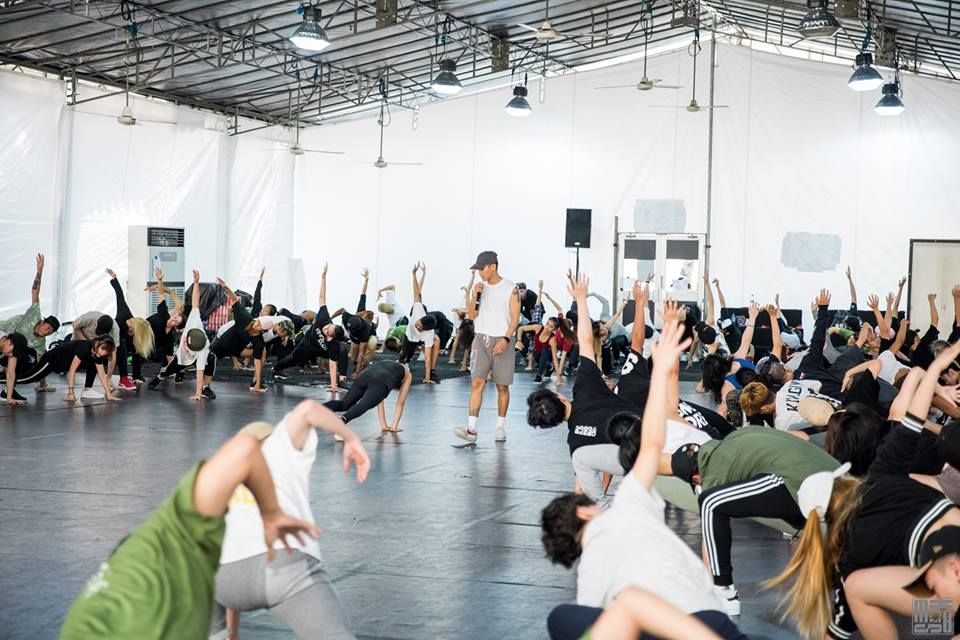
Courtesy of Jam Republic
After warm-up comes drills. The instructor goes through some techniques and variations that might be used in the choreography, allowing students to familiarise themselves with them before it’s utilised in the routine. Don’t worry about getting them down immediately. You’ll still have time throughout the class to get used to it. Plus, these drills are great tools to be practised at home and applied for future use, so there is no pressure to perfect them in class!
Now we move on to the routine or choreography itself, the most intensive part of the class and where most of the focus lies. The instructor teaches the piece in different segments and breaks it down further into ‘eights’. Be prepared to use weird sounds and beats in place of lyrics or counting to emulate the music better. Essentially, they distinguish the layers of the music and highlight the musicality more clearly!
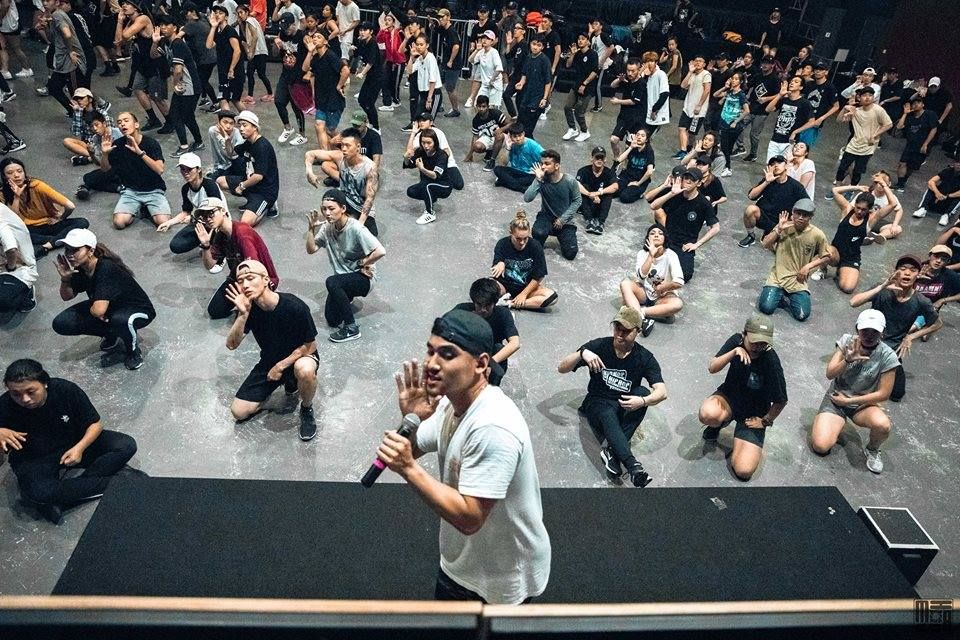
Courtesy of Jam Republic
When combining the steps with the music, the terms ‘mark out’ and ‘full out’ might be tossed around. For better context, ‘mark out’ means focusing more on making a mental note of the choreography details without fully executing it. Marking out can vary and be gauged through percentages like 50% effort and energy. Meanwhile, ‘full out’ essentially means giving your 100% when executing the piece and putting your best into the run — making it performance ready, if you will.
Should you feel like it is going a little too fast, or you are unsure about any of the details, feel free to ask questions! Contrary to popular belief, instructors often welcome questions as they appreciate an interactive class. You’ll never know who else had the same question in mind, and now you’re benefiting the rest of the class! Remember that it’s your class and your learning opportunity. While they are sharing their creations, the instructors would absolutely do their best to accommodate your learning and make it a comfortable environment for you. So don’t hold yourself back!
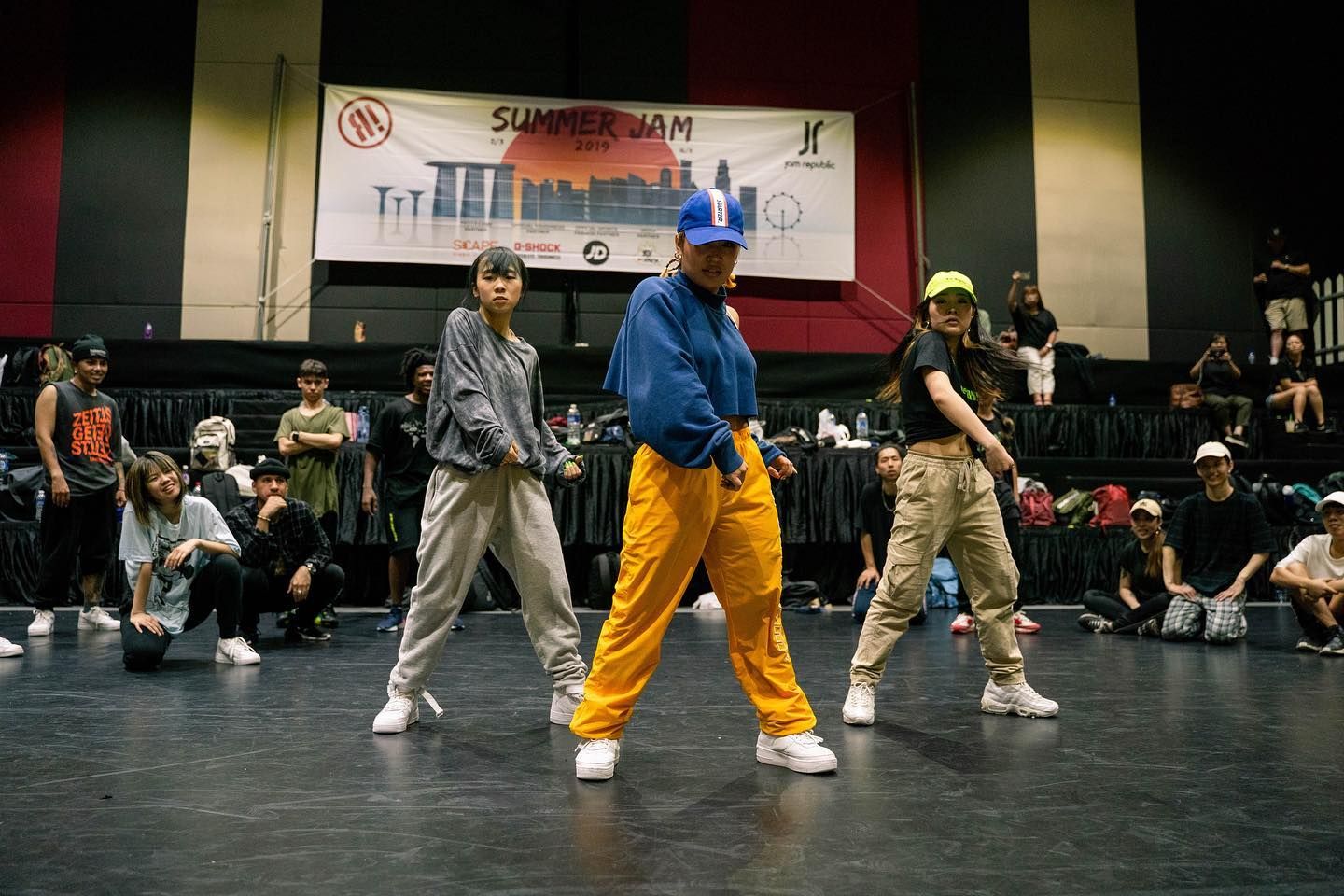
Courtesy of Jam Republic
As you progress through the piece, the instructor might demonstrate it a couple of times with music. This is for the visual learners to understand the musicality and execution of the piece and actually see the broken-down steps pieced together. If you are one of them, take the time to focus on demonstrations to clear your doubts instead of trying to ‘copy’ the instructor. In these moments, it is class etiquette for the front half of the class to sit or squat to give the back rows a better view.
Now, whether you’re a new dancer or not, the class can remain intimidating — being surrounded by other dancers who are regulars or even seasoned professionals. Rest assured that they are all focused on themselves, the way you should be too. It is easy to compare or even internally compete with other dancers, but that should not be the point of the class.
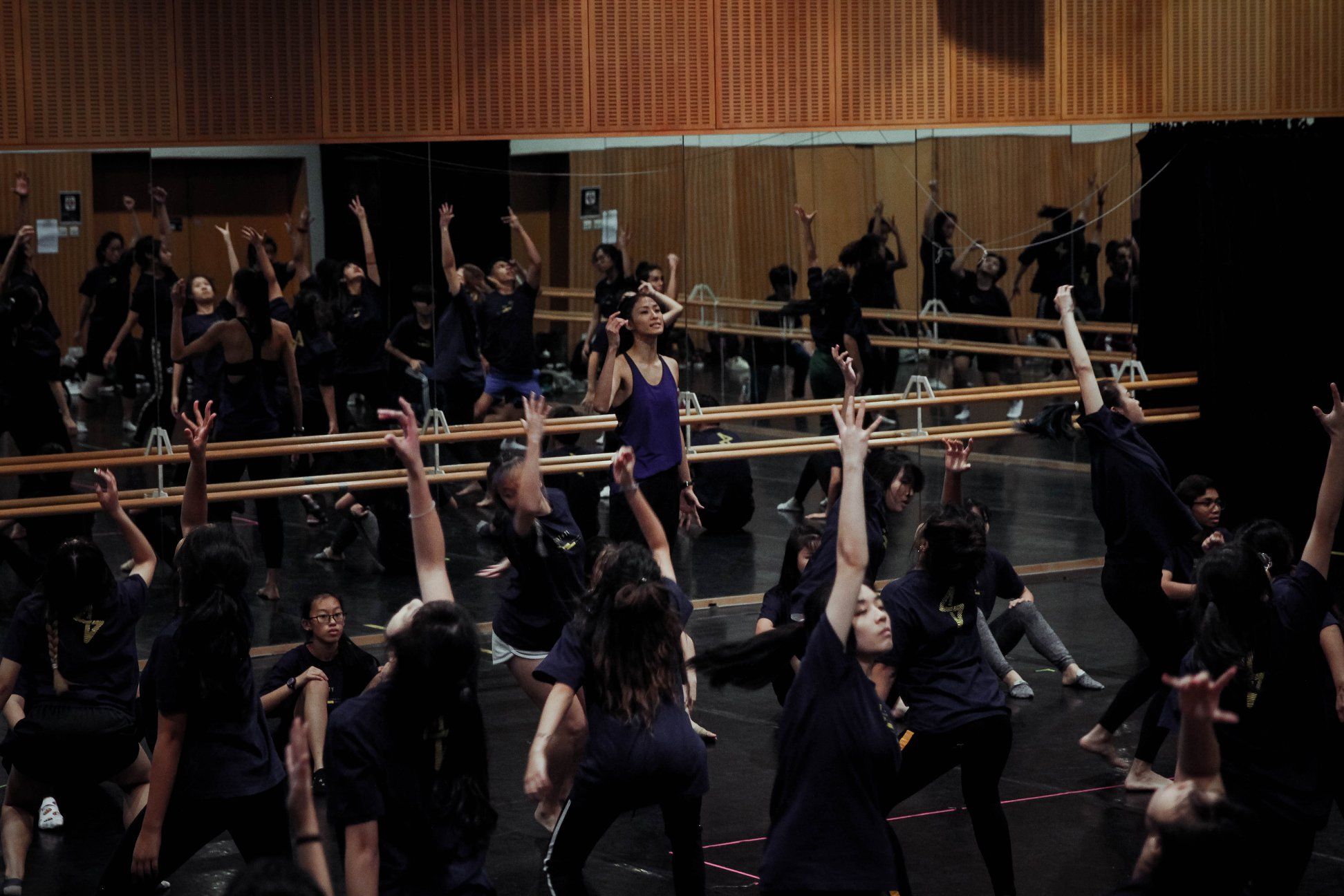
Courtesy of O School
So how do you avoid comparing, even competing, with others? Just like the rest of them, focus on yourself. Keep your goals in mind and consciously try to achieve them during class. The classes you attend should also be dependent on your goals! For example, if you struggle with catching steps, consider going for a less intense level and work on that first. When you see improvement, you can now think about catching steps and extending your movements, etc. Over time, you can progress to higher levels of class and continue working on these goals. Once you are steadily growing in one aspect, you can take on another in a way that is sustainable.
Basically, pick out one or two to focus on in every class. Progress takes time, and when you want to improve on everything, you rarely see instant progress, which can get frustrating and demoralising. So focusing on specific goals helps you work on them more intently and keeps you more grounded in class.
After Class
Finally, after the routine or choreography has been taught, the class will be divided into smaller groups. You get a few tries, often one mark out and one to two full outs. Don’t be alarmed if people start taking out their cameras to record down these runs — they serve as a good way to look back and recognise what you did well and what can be improved. While nerve-wracking, this is a good way for students to be more comfortable with performing in front of a camera and an audience and with working on any stage frights, although those might not fully go away. You also get the opportunity to watch how others interpreted the piece! You get to pick out the things you like and admire about other dancers and try to apply them the next time you practise the routine or in the next class!
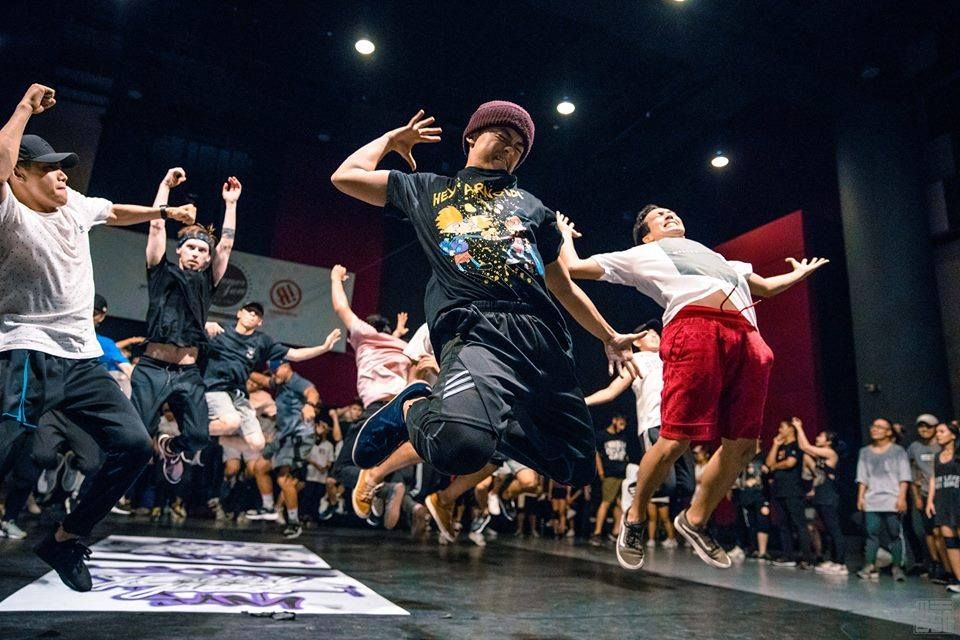
Courtesy of O School
It might be intimidating at first, but the more classes you attend, the more you get to be comfortable with performing in front of others and the camera, hopefully reducing the chances of a mental block when the camera appears. The most important thing is to have fun! It’s the end of a tiring hour of intense dancing. What better way to end your night than with great music and energy? There isn’t a need to be perfect and no need to beat yourselves up over any mistakes. More improvements and adjustments can be made at your own pace when you practise after class.
The instructor may pick out select groups or dancers to perform the piece with them. These dancers are chosen because the instructor feels they best captured the choreography or even outdid the piece with their performance and individuality, sometimes because the instructor recognises the progress they’ve made in class. Usually, instructors also hang around after class, and this provides you with the opportunity to thank and interact with them.
This is when you can ask questions and request feedback — the video comes into play here because they can watch you and provide personalised comments! I highly recommend this because it helps you identify details you might’ve missed and affirm any of your concerns or achievements. As you get more feedback, you learn to assess yourself better too. This helps you in being more objective, and you can identify what to improve during class, letting you work on them immediately.
It is important to note that your performance throughout class does not define your abilities or journey at all; the learning continues beyond dance classes. Don’t forget to practise the routine, the drills, the physical training and the basics so you can continually improve on them, even if you don’t take class regularly. However, it is also crucial to let your body rest and recover. Practice makes perfect but cramming your body and mind with combos and routines can be overwhelming. Know when to call it a day, rest and trust that your muscles will utilise the time to internalise your efforts. Once you’re rested and ready, training can commence again.
And that’s it! The complete guide to taking dance classes. Of course, there is no one way to take a class. Everything should be tailor-made according to your goals and pacing and should adjust as you progress. What’s most important is you acknowledge that your journey is your own! We dancers coexist in harmony, and we’re growing alongside one another.
For more dance reads, click here.

